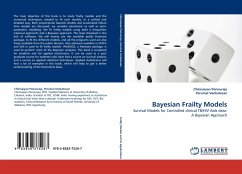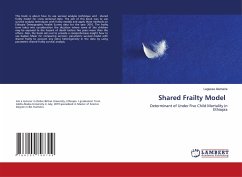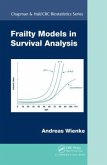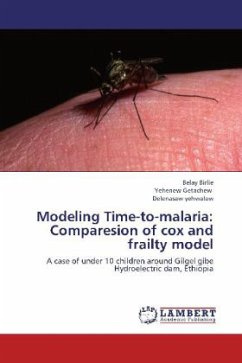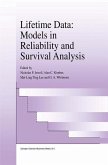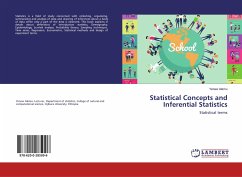The main objective of this book is to study frailty models and the numerical techniques, needed to fit such models, in a unified and detailed way. Both proportional hazards models and accelerated failure time models are discussed; we consider parametric as well as semi-parametric modeling. We fit frailty models using both a frequentist (classical approach) and a Bayesian approach. The main drawback is the lack of software. We will mainly use the available public freeware package, to fit the different models, and all the programs used are also freely available from the public domain. Also software available in STATA and SAS is used to fit frailty models. WinBUGS, a freeware package, is used to perform most of the Bayesian analyzes. This book is proposed for students and for applied statisticians. It can be used as a post graduate course for students who have had a course on survival analysis and a course on applied statistical techniques. Applied statisticians will find a lot of examples in this book, which will help to get a better understanding of the theoretical ideas.
Bitte wählen Sie Ihr Anliegen aus.
Rechnungen
Retourenschein anfordern
Bestellstatus
Storno

